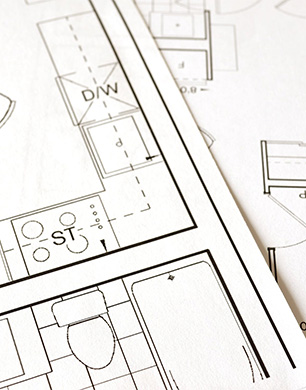
Photo Credit: Pixabay
Car pollution, food waste, pesticide use, and the inhumane treatment of animals and insects. Are a few of many reasons why:
- The greenhouse effect is getting worse
- More than one million animals are at risk of extinction
- And the intensity of natural disasters is increasing
People are responsible for these changes.
To prevent the earth from enduring more irreversible harm, changing aspects of our lives each day can help.
“You cannot get through a single day without having an impact on the world around you. What you do makes a difference, and you have to decide what kind of difference you want to make” – Jane Goodall.
Be it using reusable bags, recycling, giving unwanted things to goodwill, selling the car in favour of using a bike, or being conservative with the heating at home. There are numerous pledges of all sizes people can make to living a more sustainable lifestyle.
Equally, those in the position to build an eco-home have an immense opportunity to make a significant difference.
But to get the most out of the building process and instil the eco-friendly values they have into their home. Being cautious of the budget, building regulations and selection of construction materials is essential. And here’s some guidance on how to do it:
Plan A Budget (and a reserve)
Costly materials and labour are common obstacles in eco-home construction projects.
And so, conducting extensive research about the building process. Ongoing budget planning and project management are essential to ensure you have the funds to create the green haven you desire.
Items to add to the budget sheet include;
- Demolition
- Site survey
- Building materials such as the foundation, floor structure, walling, external cladding, roof, windows, external doors, drainage, electrics, plumbing and heating, kitchen and bathroom fittings, plastering, flooring, decor, etc
- Service connection costs to electricity, gas, water, and sewer systems
- Professionals such as; architectural advice and designs, project manager, building contractors, electrician, plumber and interior designer
- Building permits and planning applications
- Insurance
- Legal fees
As with any construction project, mistakes and setbacks may occur. So, make room for a reserve fund to prevent obstacles impeding development.
Research Building Legislation
Familiarise yourself with what construction legislation applies to you.
Check the following:
- Use your assessor’s parcel number (APN) to check for building approval
- Contact the local zoning office to check the regulations for building an eco-home
- Research the ordinances and covenants which apply to the area
- Find out the building standards your construction project must adhere to by sending building plans to the local code office
Conducting thorough research about applicable regulations and covenants. Will ensure construction can proceed without the risk of being reported to the local government, which could result in a fine or ban on any further building work.
Source Sustainable Building Materials
To maximise your new building’s green potential. Sourcing advice from experienced architects, builders, plus independent research, will help you understand:
- The eco-friendly rating of building materials
- Durability and any regular maintenance required
- The expense of each material
- Impact on indoor air quality
Moreover, before selecting a construction team, ensure they’re as committed to building a sustainable home as you are and have experience building green homes.
Also, be clear on what materials you want them to use to build the house. As some builders may have preferred materials, which may not be the greenest option. Or are under the persuasion of local suppliers to only use their stock.
More individuals and developers are building green homes. And so, there is more access to designs, knowledge, and first-hand advice about how to manage your project best. Plus, what cost-effective, eco-friendly systems you can add to your build.
In turn, prospective home builders can make the most out of their resources and money to build the greenest home possible.
Picture by Pixabay from Pexels – CC0 Licence

